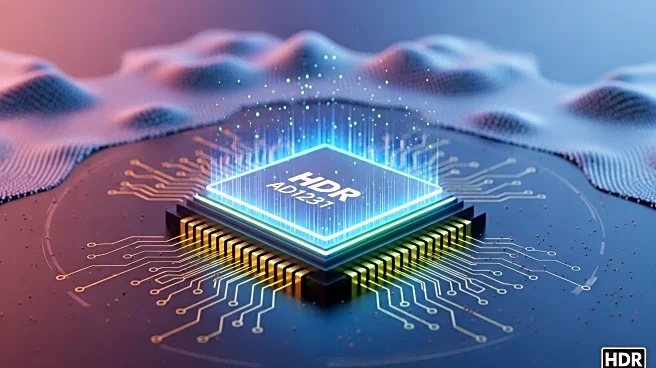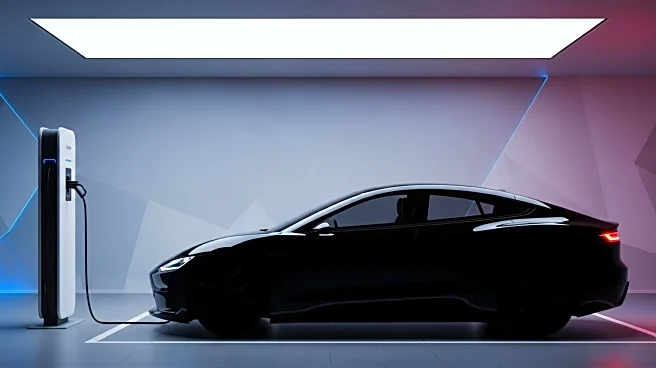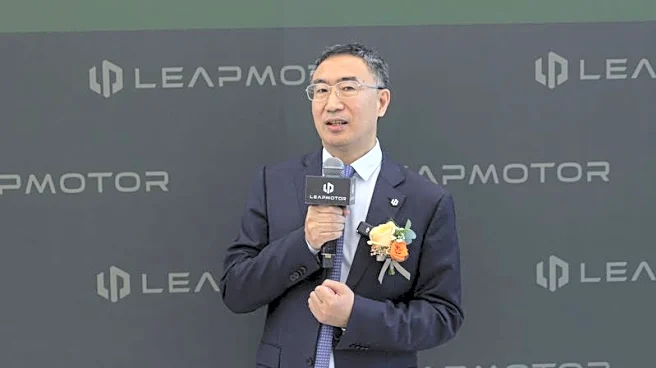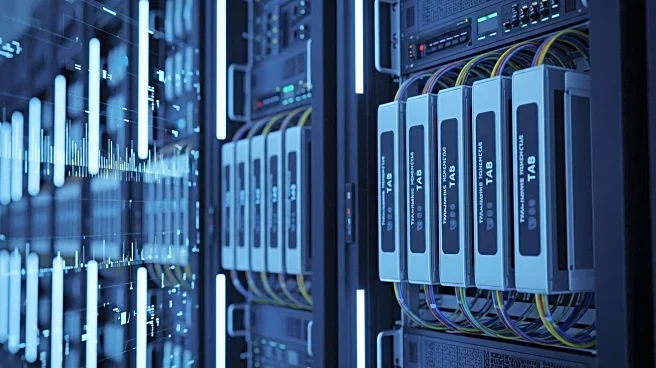What is the story about?
What's Happening?
Semtech Corporation has launched a comprehensive 2.5G symmetric Fiber to the Room (FTTR) chipset designed to accelerate global Passive Optical Network (PON) deployments. This new chipset addresses cost and performance challenges as the FTTR market expands, driven by increasing fiber-to-premises deployments. The chipset enables service providers to transition from asymmetric systems to true symmetric 2.5G FTTR deployments, offering cost efficiency and reliability. The launch is part of Semtech's efforts to support the growing demand for broadband infrastructure.
Why It's Important?
The introduction of Semtech's 2.5G FTTR chipset is significant for the telecommunications industry as it provides a cost-effective solution for expanding fiber networks. This development supports the global trend towards enhanced broadband infrastructure, which is crucial for meeting the increasing demand for high-speed internet access. The chipset's ability to deliver reliable and scalable connectivity is essential for service providers looking to improve network performance and eliminate Wi-Fi dead zones. This advancement aligns with government priorities to invest in broadband infrastructure, particularly in North America and Europe.
What's Next?
Semtech's 2.5G FTTR chipset is now available for sampling, allowing customers to begin developing next-generation FTTR systems. The company plans to showcase its chipset capabilities at CIOE 2025 in Shenzhen, China, demonstrating its cost and performance advantages. Service providers are expected to leverage this technology to enhance their network offerings and support bandwidth-intensive applications. The ongoing expansion of fiber networks may lead to increased competition among providers and further innovations in broadband technology.
Beyond the Headlines
The launch of Semtech's 2.5G FTTR chipset may have broader implications for the telecommunications industry, influencing standards development and compatibility efforts. It highlights the importance of innovation in addressing economic challenges and meeting evolving consumer demands. The focus on cost efficiency and integration could lead to long-term shifts in how broadband infrastructure is developed and deployed, with an emphasis on sustainability and adaptability.
AI Generated Content
Do you find this article useful?















